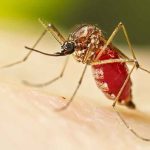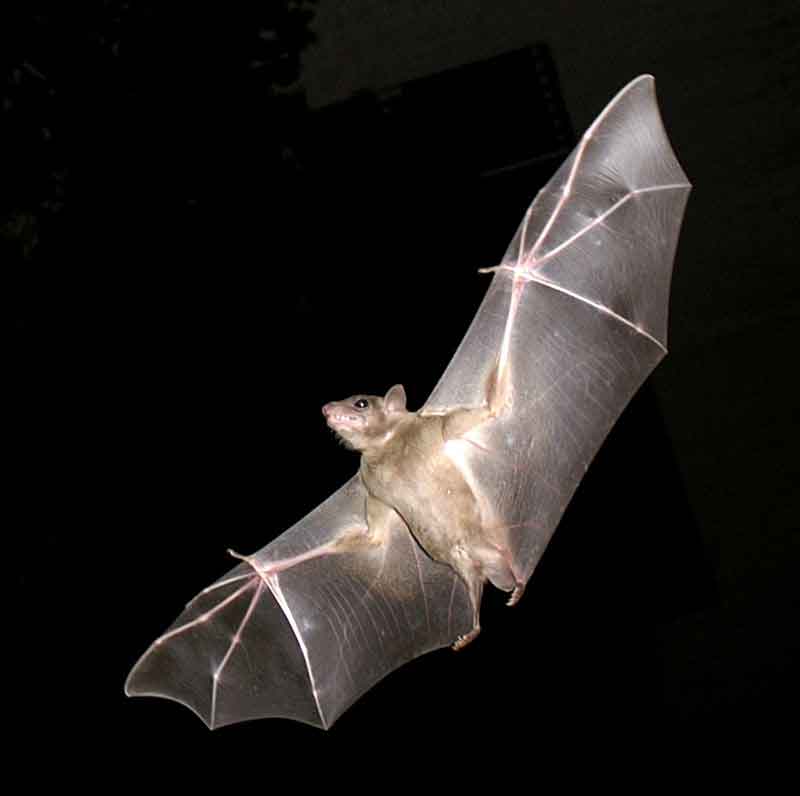N. Munal Meitei
Environmentalist email: nmunall@yahoo.in

International Bat Appreciation Day is observed on 17th April. This special occasion is dedicated to appreciate bats which we ignored most but to recoganise their important role in our environment. Bats are amazing mammals that are vital to the health of our natural world and economy.
Although we may not always see them, bats are hard at work all around the world each night – eating tons of insects, create rich fertilizer for landowners, pollinating fruits, flowers and spreading seeds that grow new plants and trees. Bats lead us to the best opportunities to protect nature anywhere in the world.
Human activities such as deforestation, mining and irresponsible tourism have caused a substantial decrease in the bats’ population. Bats have always been understudied and misunderstood animals. They are often perceived as disease spreaders when in reality they help to keep our ecosystem alive and in balance.
Bats are a key part of our ecosystem, as they control to keep insect populations. By consuming large numbers of insects each night, bats help to reduce the spread of diseases and maintain food sources for other animals that share their habitat.
Many species of bats consume fruit and disperse its seeds over long distances. This helps to promote genetic diversity within plant populations, which is essential for maintaining healthy ecosystems. Bats are incredibly diverse, with over 1,400 known species, making them one of the largest orders of mammals and accounting for about a quarter of all mammal species on Earth.
Despite their small size, some bats boasts a remarkably long lifespan. In the wild, some bat species can live up to 40 years, defying the usual biological law that small mammals have shorter lifespans.
A tiny brown bat can eat up to 1000 mosquito-sized insects in an hour and can consume insects weighing up to their own body weight in a single night. Unlike other mammals, bats are capable of true flight due to their lightweight bodies and powerful chest muscles. Bats produce ultrasonic waves which enables them to navigate and hunt effectively, even in total darkness.
In addition to helping control insect populations, bats help pollination that help nourish flowers and other plants. Bats are again predators for other birds, reptiles and mammals. Since bats are considered “insectivorous” creatures, they rid our world from many annoying insects. Bats grow in a variety of sizes. One of the largest bats is the Giant Golden-Crowned Flying Fox bat weighing up to 1.82 kg with a wingspan of up to 1.9 m.
Bats are considered “keystone species” that are essential to the ecosystem. Without bats’ pollination and seed-dispersing services, local ecosystems could gradually collapse and entire zones would not be as rich in flora and fauna as they are right now. One 150 brown bats colony protects farmers from up to 33 million or more rootworms each summer.
Bats along with butterflies and bees, can provide a critical link in our food chain. Bats protect ecosystems and help make sure our planet has a healthier future. Without these bats, plants would fail at providing food for other wildlife species and surrounding ecosystems.
In India, we have around 128 species in 39 genera and nine families (Wilson and Reeder 2005; Talmale and Saikia 2018). Northeast India with two biodiversity hotspots is recognized as a exceptional mammalian richness including over 70 bat species. However, several bats including chiropterans are currently at jeopardy due to habitat loss, electrocution mortality and other anthropogenic threats.
Now 35 bat species are critically endangered. Due to the intensifying in urbanization, human-wildlife interactions, possess several illegitimate threats to the bats and their habitats. Among all, collisions and electrocutions mortality are one of the emerging threats to the chiropterans and avifauna throughout the world including India (Harness et al. 2013; Loss et al. 2014; Kalam et al. 2018).
In our state, during our childhood, we could see abundant number of bats in the evening and early morning justifying our biodiversity richness. But now due to degradation in their habitats, climate change and in housing styles, we hardly see these fantastic flying mammals. There are 12 species of bats recorded for the first time in a survey in nine districts of Manipur in 2019 and 2021. Based on these records and field evidence, the researchers reported the presence of 38 species of small mammals in the state including 27 species of bats, 10 species of rodents and one species of shrew. Thus state need to take up immediate steps to save these flying friends which our Wildlife Acts termed as vermin.
Bats are now facing an array of threats in nearly everywhere they found. Nearly 200 bat species are threatened with extinction. These keystone species are facing a multitude of threats including habitat loss, pesticide use, destruction of roost sites, over-harvesting for bush-meat, climate change and much more putting them on the brinks of extinction. Thus on coming this day, let’s save these wonderful but neglected flying mammals for the planet and future.













